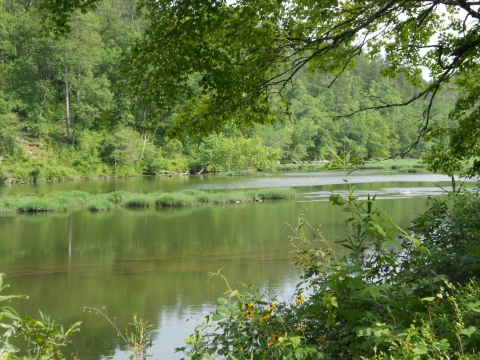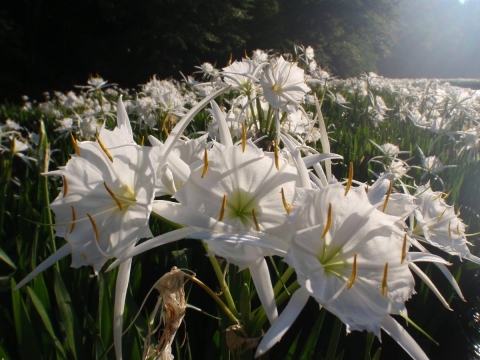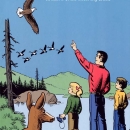Visit Us
Cahaba River National Wildlife Refuge is rich in wildlife and wildlife-dependent recreation opportunities. Many people come to the refuge each year to enjoy solitude, to commune with nature, and to share the joys of wildlife with family and friends.
Location and Contact Information
About Us
Cahaba River National Wildlife Refuge was established to protect and manage a section of the Cahaba River and land associated with it. In addition, the refuge is home to five federally listed species. The refuge is located in Bibb County, Alabama, and manages 3,681 acres.
What We Do
Management goals for Cahaba River National Wildlife Refuge are to maintain and improve the biological integrity of the Cahaba River and adjacent systems and, where possible, restore these systems to pre-settlement conditions. Considering the vast impacts that have occurred, this will be a broad and long-term endeavor. Utilizing prescribed fire, tree planting and other tools can help restore altered lands. Over time, visitors will once again see the land as native Americans and early settlers did.
Our Species
One of the most visible and unique characteristics of the Cahaba River are the rock shoals. These shoals create a series of pools and riffles that provide the necessary habitat for many rare and unique plant and animal species. Most notably, the largest known stand of the imperiled shoals lily (known locally as the Cahaba lily) occurs within the Refuge.


